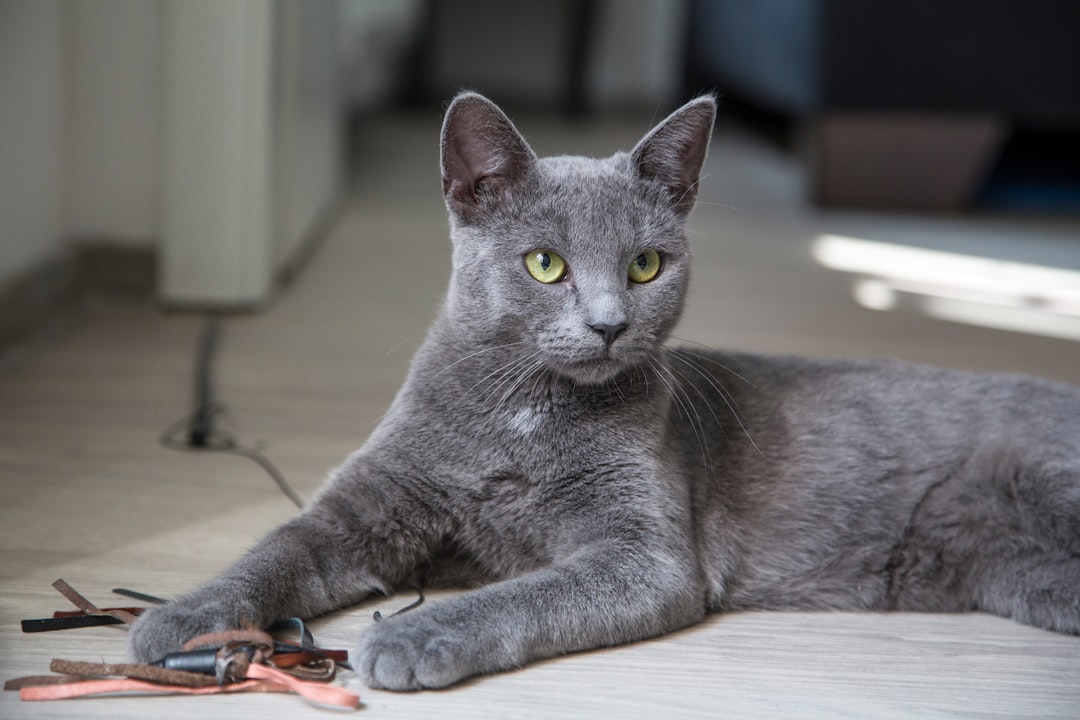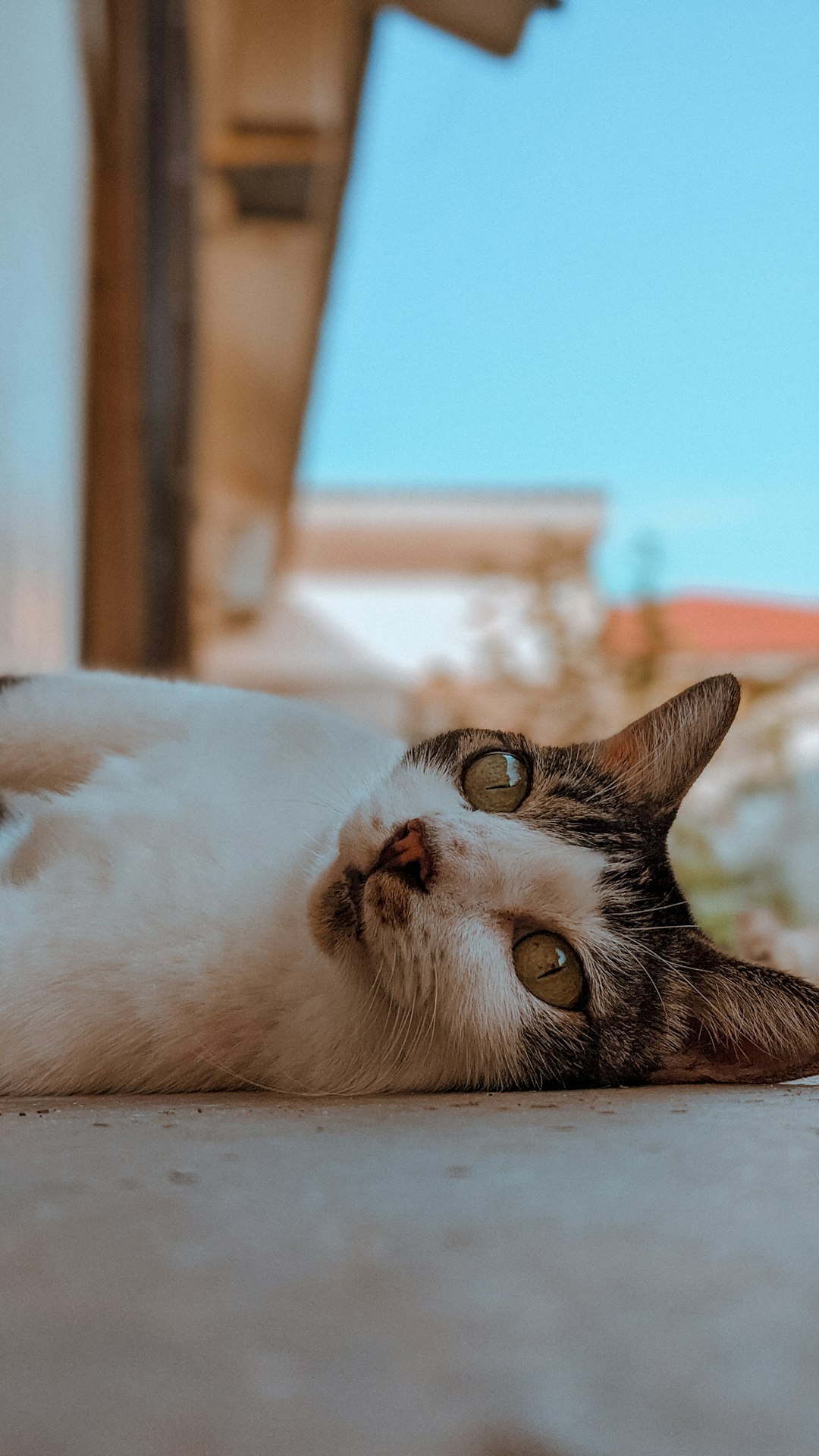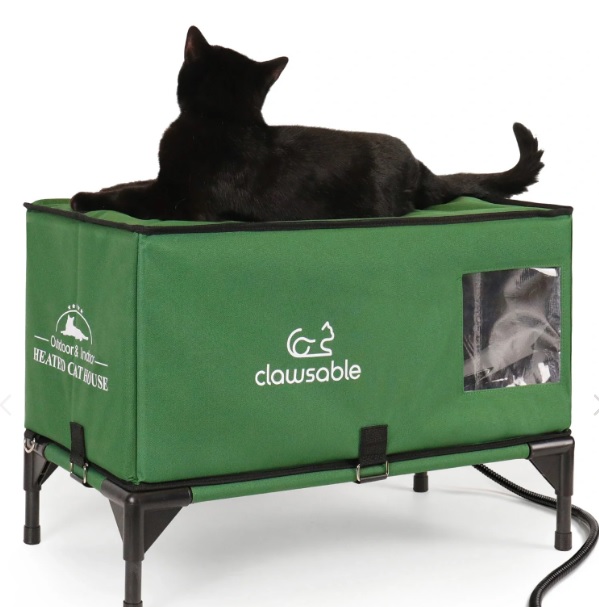Finding the right cat shampoo is essential for maintaining your feline friend’s coat health and shine. With various options available, it’s crucial to understand their unique benefits and select a product that caters to your cat’s specific needs. Moreover, identifying key ingredients and considering sensitivities can help you make an informed decision. In this guide, we’ll explore everything you need to know about choosing the right cat shampoo, ensuring a clean, healthy, and luxurious coat for your beloved pet.
Understanding the Importance of Cat Shampoo
Cat shampoo plays a crucial role in maintaining your feline friend’s hygiene and overall health. Regular grooming not only enhances the appearance of your cat’s coat but also contributes significantly to their well-being. Here are some key reasons why investing in the right cat shampoo is essential:
Cleanliness: Cats often groom themselves, but they may struggle with certain areas. Bathing your cat with a quality cat shampoo removes dirt, debris, and allergens, leading to a cleaner coat.
Healthy Skin: A good cat shampoo hydrates skin and prevents dryness, flakiness, or irritation. This is especially vital for cats prone to skin issues.
Odor Control: Certain cat shampoos neutralize odors effectively, leaving your cat smelling fresh and pleasant.
Shiny Coat: Using the right product enhances the natural sheen of your cat’s coat, making it vibrant and glossy.
Bonding Time: Bathing your cat can strengthen your bond, as it provides a calm environment for you both to connect.
By selecting an appropriate cat shampoo, you ensure your pet looks great and feels comfortable in their skin.

Types of Cat Shampoos Available
When selecting the best cat shampoo for your furry friend, it’s essential to understand the different types available on the market. Each type caters to specific needs, ensuring your cat enjoys a clean and shiny coat. Here’s a breakdown:
Regular Cat Shampoo: Ideal for general cleaning and maintenance. These products remove dirt and debris effectively.
Hypoallergenic Cat Shampoo: Formulated for cats with sensitive skin, these shampoos minimize the risk of allergic reactions and irritation.
Medicated Cat Shampoo: Designed for specific health issues, such as skin infections or allergies. Always consult your vet before using these shampoos.
Dry Cat Shampoo: A convenient option for quick touch-ups without the need for water. Perfect for cats that dislike baths.
Comparison of Cat Shampoo Types
| Type | Best For | Key Features |
|---|---|---|
| Regular | General cleaning | Removes dirt and dander |
| Hypoallergenic | Sensitive skin | Gentle ingredients |
| Medicated | Skin conditions | Veterinary recommended |
| Dry | Quick cleaning | No water needed |
Choose the right cat shampoo based on your cat’s needs, ensuring a happy grooming experience!
Key Ingredients to Look For
When selecting a cat shampoo, it’s essential to choose one with beneficial ingredients tailored for your feline friend. Here are some key components to consider:
- Natural Oils: Look for shampoos with oils like coconut or argan. These help hydrate and add shine to the coat.
- Aloe Vera: This soothing ingredient can calm irritated skin and provides moisture.
- Oatmeal: Known for its anti-inflammatory properties, oatmeal is excellent for sensitive skin.
- Vitamin E: A powerful antioxidant that helps nourish the coat and skin.
- Hypoallergenic Formulations: If your cat has sensitive skin, opt for a hypoallergenic cat shampoo that minimizes irritation.
Here’s a quick comparison of two common types of shampoos:
| Ingredient | Cat Shampoo A | Cat Shampoo B |
|---|---|---|
| Natural Oils | Yes | No |
| Aloe Vera | Yes | Yes |
| Oatmeal | No | Yes |
| Vitamin E | Yes | No |
| Hypoallergenic | Yes | Yes |
Choosing the right cat shampoo with these key ingredients will not only ensure a clean coat but support your cat’s overall skin health.
Considerations for Cats with Sensitive Skin
Finding the right Cat Shampoo for your feline friend, especially if they have sensitive skin, is crucial. Cats with sensitivities may experience irritation, itching, or allergies from harsh chemicals. Therefore, consider the following points when selecting a shampoo:
Hypoallergenic Formulas: Look for shampoos specifically labeled as hypoallergenic. These are designed to minimize allergic reactions.
Natural Ingredients: Opt for Cat Shampoos with natural ingredients like oatmeal, aloe vera, or chamomile. These soothing components help alleviate discomfort and provide gentle cleansing.
Fragrance-Free Options: Fragrances can irritate sensitive skin. Choose unscented or lightly scented Cat Shampoos to avoid adverse reactions.
pH Balanced: Ensure the shampoo is pH balanced for cats. This helps maintain their skin barrier and prevents drying.
To guide your choices, here’s a breakdown of popular cat shampoo types for sensitive skin:
| Shampoo Type | Key Feature | Recommendation |
|---|---|---|
| Oatmeal-based | Soothing properties | Best for itch relief |
| Aloe vera-infused | Hydrating & cooling | Great for dry skin |
| Natural botanical | Gentle cleansing | Excellent for allergies |
By keeping these considerations in mind, you can effectively choose a Cat Shampoo that ensures a clean, shiny coat while prioritizing your cat’s comfort.

How to Choose the Right Shampoo for Your Cat
Selecting the appropriate Cat Shampoo is crucial for maintaining your feline’s coat health and hygiene. Here are key factors to consider:
Coat Type: Different breeds have varying coat textures. For instance:
- Short-haired cats may need a gentle shampoo.
- Long-haired cats benefit from formulas that reduce tangling.
Skin Sensitivity: If your cat has allergies or sensitive skin, opt for hypoallergenic Cat Shampoos free from harsh chemicals.
Purpose: Identify your cat’s specific needs:
- Cleaning: Choose a cleansing shampoo to remove dirt and odors.
- Conditioning: Look for moisturizing products to enhance shine.
Ingredient Quality: Check for nourishing ingredients like:
- Oat extract: Soothes irritated skin.
- Natural oils: Enhance coat softness and shine.
Brand Reputation: Research brands with positive reviews and vet endorsements.
By keeping these factors in mind, you can easily navigate the wide range of Cat Shampoos, ensuring you select the best fit for your furry friend.
Step-by-Step Guide to Bathing Your Cat
Bathing your cat can be a stress-free experience if done carefully. Follow these steps to ensure a smooth process and a clean, shiny coat using the right cat shampoo:
Preparation:
- Gather your supplies: cat shampoo, towels, a brush, and a non-slip mat.
- Ensure the bathroom is warm and free of drafts.
Brushing:
- Brush your cat thoroughly to remove loose fur and mats.
- This step makes the bathing process easier and more effective.
Water Temperature:
- Fill the tub or sink with lukewarm water.
- Test the temperature to avoid discomfort.
Wet Your Cat:
- Gently wet your cat’s coat with a cup or handheld sprayer, avoiding the head.
- Be calm and speak softly to reassure them.
Apply Cat Shampoo:
- Use a small amount of cat shampoo and lather it gently into the coat.
- Pay attention to areas like the tail and underbelly.
Rinse Thoroughly:
- Rinse all the cat shampoo out to prevent irritation.
- Ensure no residue remains.
Drying:
- Wrap your cat in a towel and gently pat them dry.
- For long-haired cats, consider using a blow dryer on low heat, keeping it at a distance.
Following these steps will lead to a less stressful bathing experience and help maintain your cat’s cleanliness and shine.
Tips for Maintaining a Healthy Coat Between Baths
Keeping your cat’s coat healthy and shiny between baths is key to their overall well-being. Fortunately, a few simple practices can make a significant difference. Here are some effective tips:
Regular Brushing: Brush your cat’s fur regularly to remove loose hair, dirt, and dander. This prevents matting and distributes natural oils, enhancing shine.
Balanced Diet: A nutritious diet rich in fatty acids, like Omega-3 and Omega-6, promotes a healthy coat. Consider high-quality cat food that includes these essential nutrients.
Hydration: Ensure your cat drinks plenty of water. Proper hydration supports skin health and keeps the coat looking vibrant.
Spot Cleaning: For minor dirt or odors, use a damp cloth or cat shampoo specifically designed for spot cleaning to refresh their coat without a full bath.
Check for Parasites: Regularly inspect your cat for fleas or ticks. Use appropriate treatments if necessary, as infestations can harm their skin and coat.
Incorporating these strategies into your routine helps maintain a clean, shiny coat while reducing the frequency of baths with cat shampoo. Remember, a healthy coat reflects your cat’s overall health!

Common Mistakes to Avoid When Bathing Your Cat
Bathing your cat can be a stressful experience for both of you, especially if mistakes occur. Here are some common pitfalls to avoid:
Using Human Shampoo: Always choose a cat shampoo specifically designed for felines. Human products can irritate their skin and are not safe.
Skipping the Pre-Bath Prep: Before the bath, brush your cat to remove loose fur and tangles. This reduces shedding and makes bathing easier.
Overheating Water: Keep the water lukewarm. Water that is too hot can shock your cat and cause discomfort.
Neglecting to Rinse Thoroughly: Leftover shampoo can lead to irritation. Make sure to rinse your cat thoroughly to remove all residue.
Forgetting Rewards and Comfort: After the bath, reward your cat with treats and affection. This reinforces positive behavior for future baths.
By avoiding these common mistakes, you can ensure a smoother bathing experience and keep your cat’s coat clean and shiny with the right cat shampoo.
Frequently Asked Questions
What ingredients should I look for in a good cat shampoo?
When selecting a cat shampoo, look for natural ingredients that are safe for feline skin. Key components to consider are oatmeal, which can soothe irritated skin; aloe vera, known for its moisturizing properties; and gentle cleansers free from sulfates and parabens. Avoid shampoos containing artificial fragrances or dyes, as these can be irritating. Additionally, consider a shampoo with essential fatty acids that can promote a shiny and healthy coat.
How often should I bathe my cat with shampoo?
Cats typically groom themselves effectively, making frequent baths unnecessary. A guideline is to bathe your cat every 4 to 6 weeks, depending on the cat’s breed, coat condition, and lifestyle. For long-haired breeds, more regular baths may be beneficial to prevent matting. However, if your cat is particularly dirty or has a skin condition, consult a veterinarian for advice on bathing frequency and the best products to use.
Can I use dog shampoo on my cat?
No, you should never use dog shampoo on cats as their skin has different pH levels and sensitivities. Dog shampoos may contain ingredients that are harmful to cats and can lead to skin irritation or allergic reactions. Always opt for products specifically formulated for cats to ensure their safety and well-being. If you’re unsure about which shampoo to choose, consult your veterinarian for recommendations.
Are there any cat shampoos specifically for eliminating odors?
Yes, many cat shampoos are designed to combat odors effectively while cleaning the coat. Look for shampoos that contain deodorizing ingredients such as baking soda or natural extracts like citrus or chamomile. These formulations not only cleanse the coat but also provide a fresh scent that can help neutralize common cat odors. Always ensure that the shampoo is safe for cats and has been dermatologically tested to avoid skin irritation.



